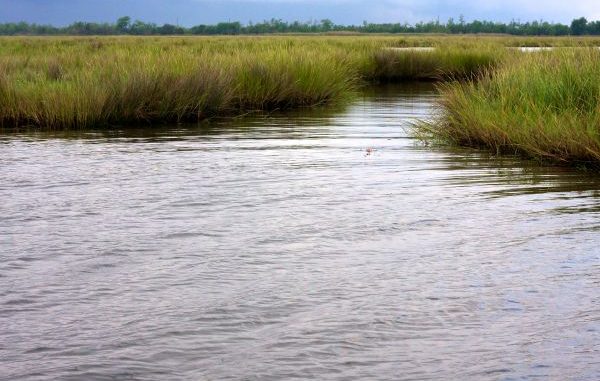
Low tidal ranges can be the death knell for saltwater anglers. Simply put, when the water’s not moving, the fish aren’t biting.
But to say that inshore water doesn’t move might be a little bit of a lie. Even a low tidal range indicates some movement, and as has been evident the last few years, the wind is always blowing.
In other words, when it doesn’t look like the water is moving a lot anywhere, you can bet it’s moving at least a little somewhere.
“I like to look for areas that concentrate the current when there is a low tidal range,” said John Falterman Jr. of Therapy Charters out of Slidell. “Places like the CSX bridge, the small canals up and down the Intracoastal Canal and Chef Pass — these are the kinds of bottlenecks that take what little current there is and makes it seem like it’s falling or rising faster than what it really is.”
Wind can also make it seem like there is more tidal movement than the charts indicate. Falterman likes to look for windblown banks where bait is being pushed up against it. Redfish will roam up and down these banks to forage on anything struggling in the choppy water.
“When the water’s not just sucking out on a falling tide, you can still find some good spots to fish if you look for these two kinds of areas,” Falterman said. “It may not be exactly what you’re looking for, but on a day when the water’s not moving, any water movement can give you an advantage.”


